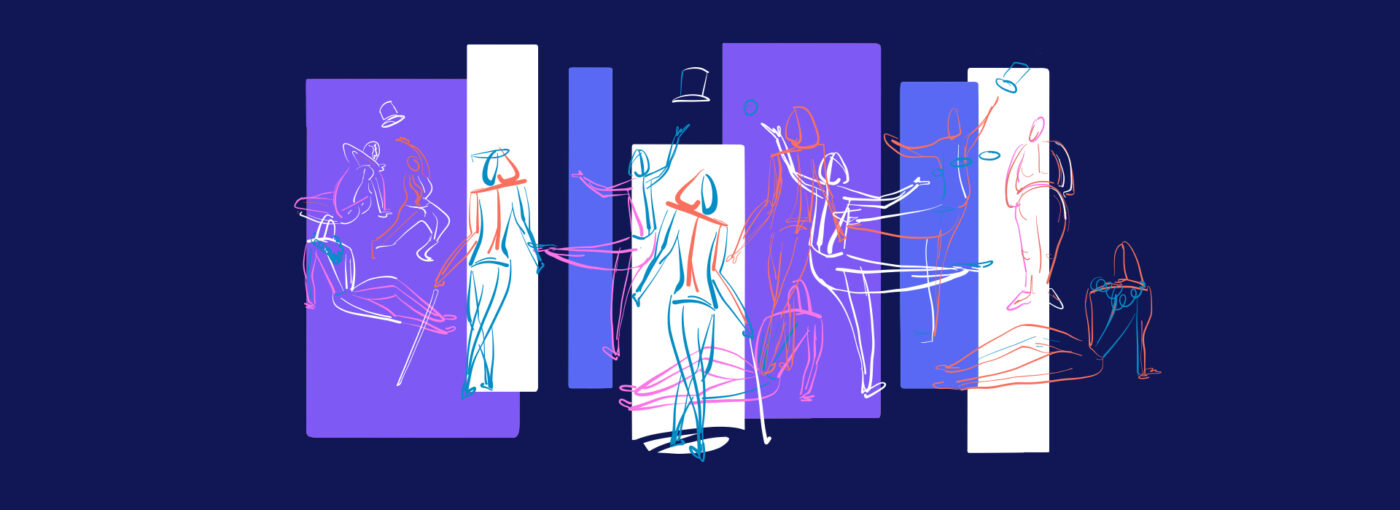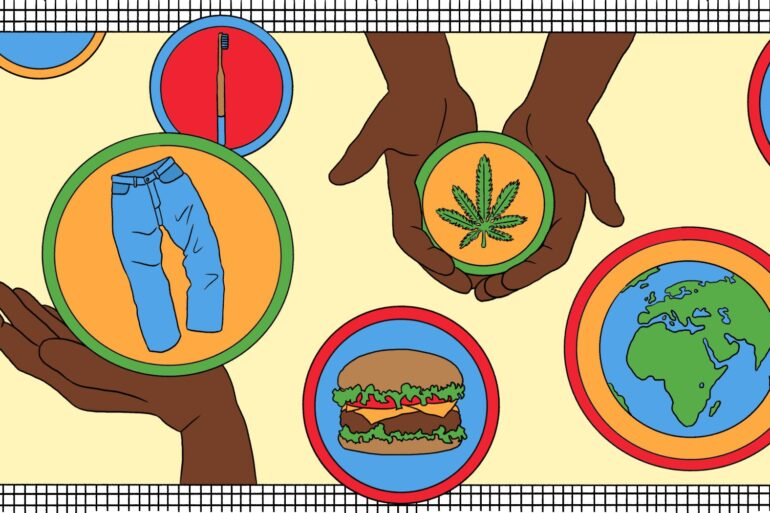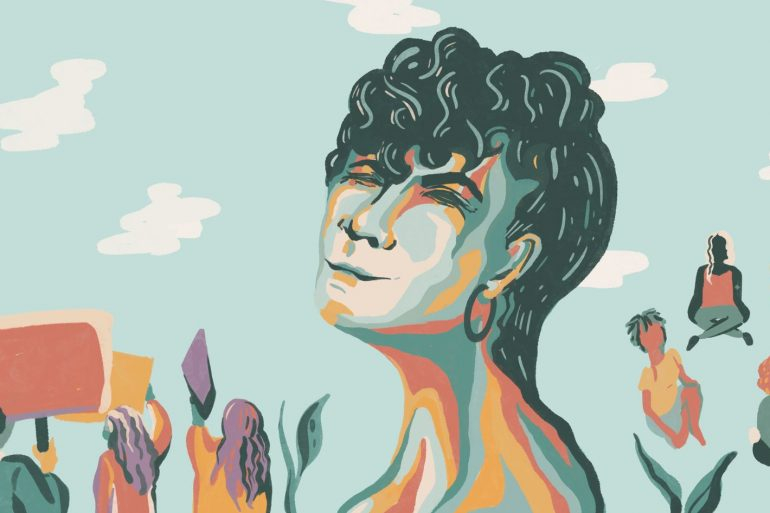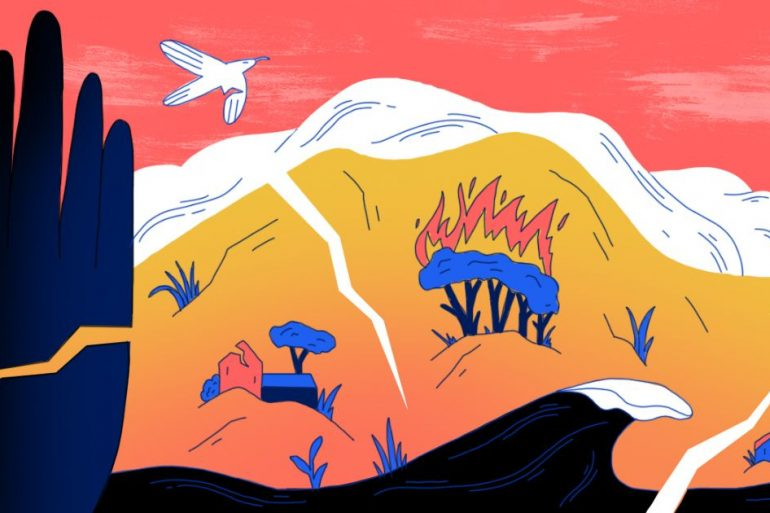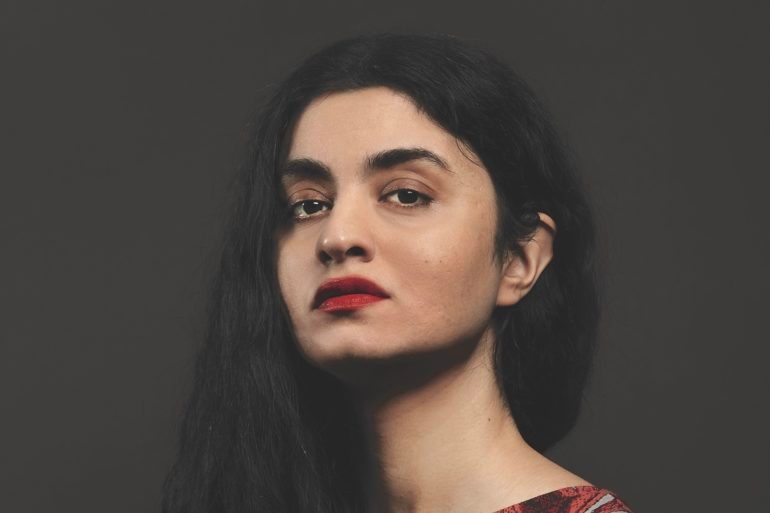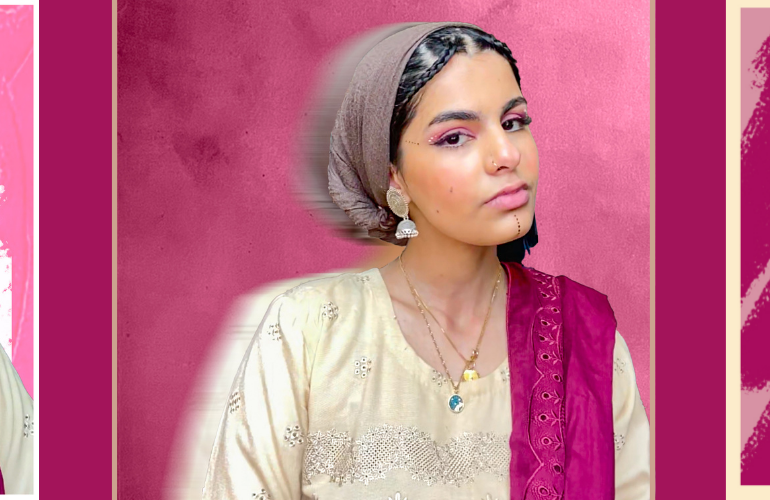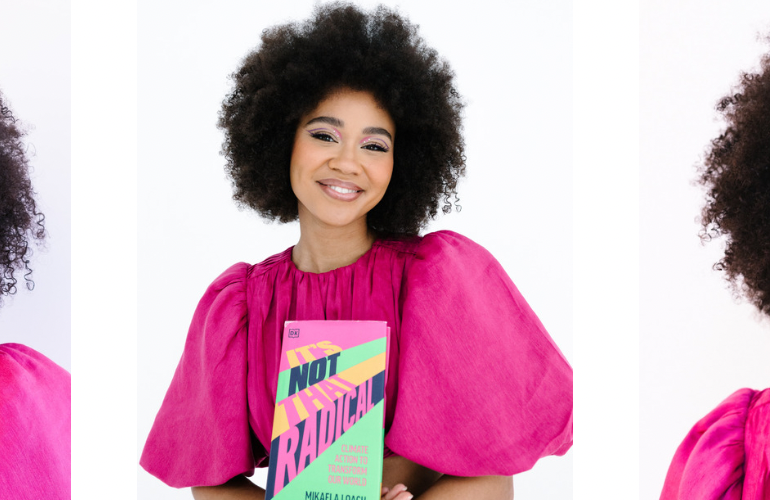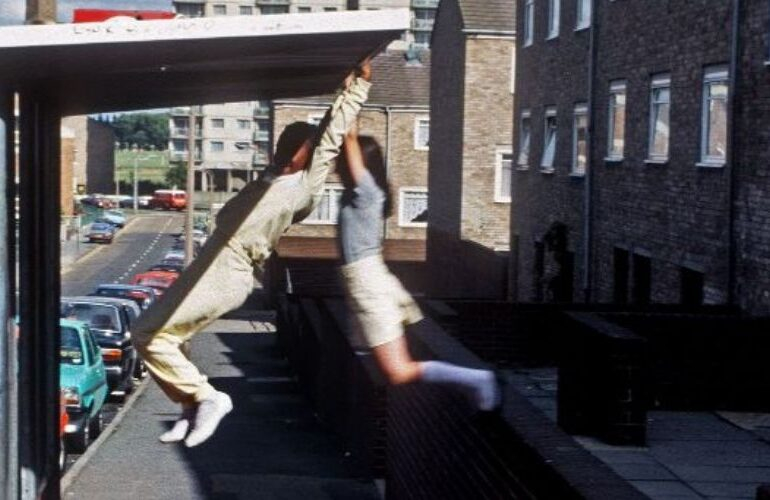When I’ve been told by friends that traditional life drawing tends to be very white, male and elitist, right down to the static and classical poses, I’ve not been surprised.
Although unacquainted with the art practice itself, as a woman with East Asian heritage navigating creative spheres in general, I am wretchedly familiar with white, cisheteronormative patriarchy and its tendency to infiltrate and dominate most things by imposing itself as the desired ‘norm.’
The inherent eurocentricity of life classes is in part explained by their emergence from the Renaissance period in a hierarchical and exclusive system of teaching, which prioritised representations of the classical, ‘idealised’ male, European body.
Women models and artists were generally kept out of the practice until the 1860s, and it is no surprise that people of colour were excluded from these spaces as well because of the dehumanisation and fetishisation they experienced as a result of European colonialism. The historical representations of East Asian and Southeast Asian bodies in art have often been authored by the white ‘victors’ of colonial conquest, who have purposely portrayed them as ‘other’ – to be simultaneously feared, looked down upon, fetishised and dehumanised. Fortunately, we are witnessing a resurgence of artistic endeavours which seek to shatter these preconceived notions and racist stereotypes to pieces. Kimber Lee’s untitled f*ck m*ss s**gon play and Prae Chaiphet’s unparalleled use of her fashion practice and digital presence to expose the objectification and exploitation of Southeast Asian women, are just two names amongst a growing and powerful movement.
Of course, as a writer and avid reader, I’ve always been captivated by the idea of a narrative. In other words, an account of connected events, a story, a history and in particular, who it belongs to and who it is for. And the more ways of exploring, expanding, and communicating those realities (especially those usually silenced) – the better. I decided to get involved in life drawing as I was yearning for a way to engage in storytelling beyond what I had known primarily as a writer.
The only real run-in I’d had with life drawing beforehand was a brief flick through my friend’s copy of Iggy Pop Life Class: A Project by Jeremy Deller. It was a step in the right direction with its expansion of what masculinity can look like, but I was ready to seek an even more radical departure from life drawing’s traditions.
My first time: moments of humility, ambidextrousness, and live performance
So, when I discovered ‘ESEA Life Drawing’, a London-based life drawing class that champions ESEA (East and South-East Asian) representation in bodily expression, what I saw was a beautiful opportunity to become a beginner again in a safe, creative, and experimental space where I knew that ESEA artists and ESEA life models felt seen and heard.
What first struck me was how accessible and inclusive the space was. There was a clear line of communication and respect between the model and the organisers and the model articulated to us her boundaries at the beginning of the session. Anyone could sign up, regardless of experience and it was affordable.
On top of that, the structure of the class itself enabled a feeling of safety and playfulness – fast paced transitions between poses freed us from being slaves to endless self-critique. Rihanna’s Skin blared from speakers as the model fluidly danced through poses as we were encouraged to draw without looking down at the page or shift to our non-dominant hand.
I had no idea what to expect next – and that excited me.
We were briefed on the theme of the class: Dot.Line.Shape. and while we were drawing our eyes had a chance to drink in all the colours and contours of the set styled by artist Pei-Chi Lee. Already, one of my preconceived notions was dismantled. I realised that when life drawing what you are studying and sketching is not the model and their anatomy in isolation to all else.
Moreover, to do so actually flattens and constricts the visual narrative you are trying to understand and translate. It begs the question: How can you truly understand what something is without seeing it in contrast or relationship with something else?
Dismantling fetishisation, healing through community, and cross fertilisation in art practice
After the class, I joined ESEA Life Drawing co-founder Wingkei Hoang in a conversation where she contextualised the importance of joy and play in the classes, particularly for people of marginalised heritage.
“There are several taboos present in traditional ESEA culture. Pursuing a career in the arts, expressing yourself and your opinions, body autonomy, nudity, sexuality, anything that goes against the grain really. For ESEA women’s bodies in particular, we are marginalised within our own society, yet also fetishised outside of our society.”
She continues: “ESEA Life Drawing aims to bring the art and the artist into one room, and celebrate us for being us.” This point resonated deeply with me, as it is an opportunity to counteract the narrow-minded stereotypes of how all ESEA women are assumed to be demure, meek, or submissive. This couldn’t be any farther from the truth, and what’s important is that our voices are not only heard when crying out in anger or defiance at our mistreatment, but that we are also heard when celebrating ourselves and our achievements. Michelle Yeoh’s “Shut up, please” moment at the Golden Globes is a case in point.
There was no question that their life model for the class, Samantha Sun, had been called upon precisely for this reason. She was an absolute force, artfully arrested the attention of every single person in the room, and did not shy away at all from experimenting with the set to push our boundaries as artists and her own boundaries as a model.
An artist, academic, activist, semi-retired stripper, professional cabaret, circus performer, co-director of East London Stripper’s Collective and host of Life Drawing with the ELSC in her own right, she brought a depth and complexity to the traditional representations of East and Southeast Asian women.
There has never been a more important time for experiments with communal embodied art practice. Specifically for marginalised peoples, it provides an important intersection between art and politics for the advancement of people’s dignity and bodies without being fetishised. Critically informed Life Drawing allows us to question who is looking at who, who are the people curating the class, and how this impacts the art and the artist.
Arts, media, and popular culture play a significant role in creating the frame of reference from which we see the world, and the common tropes that the white male gaze has cast upon ESEA women have played directly into the physical harm that comes to us. If people grow up their whole lives seeing ESEA women sexualised, fetishised, and controlled in things they read, watch, and hear – it influences how they treat us. And with repeated waves of Anti-Asian hate fuelled by Orientalist misogyny towards ESEA women as well as more general attempts to diminish people’s bodily autonomy across the world, life drawing classes can help us reclaim autonomy over our own bodies and personal histories. We can rewrite these stories and reframe these representations of our people, and in turn play a role in shifting the popular imagination of who ESEA women are, what they look like, and the respect they deserve.
It is in community with each other that we find the strength to do this. Wingkei lovingly reflected on her introduction to 2B Or Not 2B Collective during the pandemic, another POC-run life drawing class who work on uplifting marginalised bodies. It became one of her (many) creative homes, where eventually she built enough body confidence to model for them. “I experienced a kind of confidence that trickled into all other aspects of my life,” she adds.
Subscribe to shado's weekly newsletter
Exclusive event news, job and creative opportunities, first access to tickets and – just in case you missed them – our picks of the week, from inside shado and out.

It’s easy to see how this experience influenced her own ambitions for ESEA Life Drawing, where it’s clear the alchemy of all the right ingredients have produced a safe, radical, and loving environment for all to express themselves and connect with each other.
Reclaiming your own identity and body doesn’t have to happen in isolation or through a performance of stoicism. We can reconnect with ourselves by connecting with others, practising dialogue in all of its forms, negotiating and exploring boundaries together.
There is an unbelievable, unspoken degree of trust and respect that forms in these classes, that enables a shared agency and language between the model and the artists seated around them. It informs the art too. The drawings are all so different to one another, representing the fluid, liquid, and unlimited representations that life drawing sessions produce. In this way, one is the mother of all.
Indeed, Life Drawing has informed co-founder Kelly’s own artistic practice, too. “when attending (Life Drawing) workshops, I get inspired by the liquid shapes of each pose that the models create,” she explains. “I sometimes stop working on the piece because I see a really nice shape I would want to re-create again.”
Whilst life drawing has previously been an artistic practice which upholds tradition and uniformity, it is reassuring to see its radical potential through engaging with an Asian-led and Asian-centred class. Hopefully more of these critically informed POC-led classes receive the material support and recognition they deserve, and we see it influence art schools and institutions also. There are glimmers of this already at places such as Glasgow School of Art.
As someone that considers themselves a creative, but not an artist per se, it has definitely left me with renewed inspiration which will spill into other elements of my own practices. I intend to continue going along to these classes, where I look forward to being in community with others, interrupting fetishised portrayals of history’s most marginalised people and demanding bold new representations.

What can you do?
Watch:
- How to Become a Life Model by Toni-Ann Murphy. Wingkei says: “We both talk about our first time life modelling with 2B or not 2B Collective and other bits of advice.”
Model, Draw, Learn:
- 2b or not 2b Collective Life Drawing classes
- Wingkei: “My career pretty much owes it all to this class. It’s where I started drawing regularly, then built confidence to become a life model, then used all the knowledge I gained here to start ESEA Life Drawing. 2B or not 2B collective are a POC-run life drawing class who uplift marginalised groups (POC, disabled, trans, etc). I collaborate with them regularly as an artist, a host and a model.”
- ESEA Life Drawing The Life Drawing class led by Wingkei and Kelly, championing ESEA (East & South-East Asian) bodies. Explore their work so far and keep posted for upcoming classes.
Read more articles which explore ESEA identity:
- Tales from a Chinese takeaway – Shado Magazine
- Why the UK needs its own racial discourse on East and South East Asians – Shado Magazine
Explore and support the artists behind the art, and the art behind the artists:
- Check out more of Wingkei’s work here and Kelly’s work here.
- If you were inspired by the set design, follow this link to see more of Artist Collaborator Pei-Chi Lee’s installations and illustrations.
- There’s also plenty more to see of Life Model Samantha Sun’s ventures as an Artist and Performer here.
- And last but not least, some more info about the event sponsor, goya design – a company of inventors, design studio and artist residency programme powered by imagination to invent the future.


